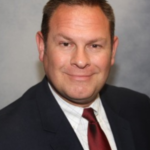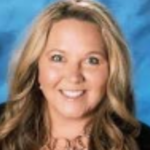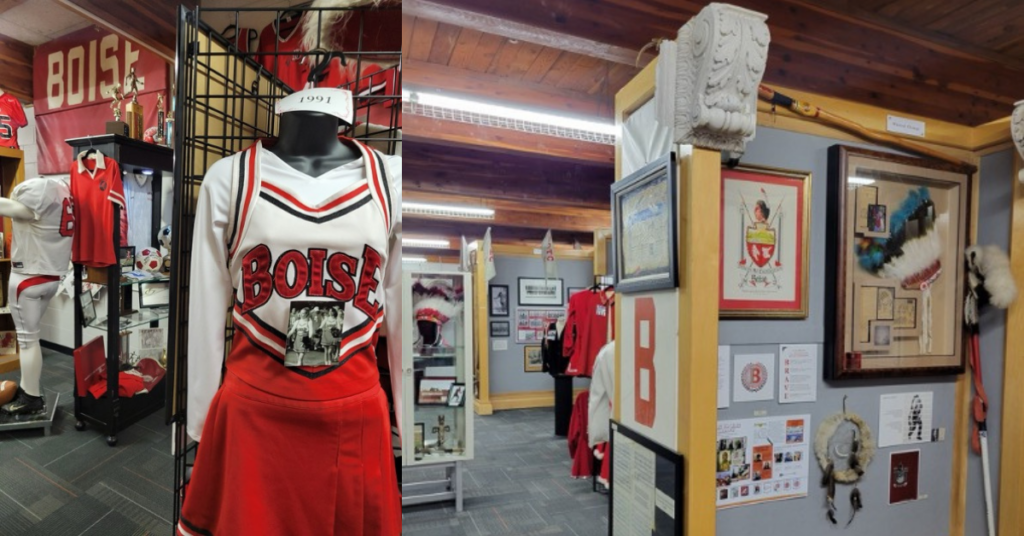In a move to create a new school mascot that stopped appropriating Native culture while honoring their original mascot’s legacy, Boise High School transitioned from “The Braves” to “The B.R.A.V.E.,” an acronym for the values of their student body. We contacted former Boise High School Principal Robb Thompson and current Principal Deborah Watts to discuss the transition and how they continue to use it as a learning experience for students and adults alike.
Why did you decide to change the mascot?

Thompson: Boise High School was founded before Idaho became a state on the ancestral lands of the Shoshone Bannock tribes. Because of our storied history a lot of alumni took great pride in this mascot and the school spirit it represented. When I became principal, our mascot was “The Braves,” complete with a loincloth-clad Native American male brandishing a hatchet in one hand and a knife in the other. His skin was literally painted red.
But while we were using our mascot to tell a story in a way that we thought was honoring the Shoshone Bannock tribe of Boise Valley, it became clear we were perpetuating harm through an offensive stereotype. To take just one example, Native Americans never used the term “Brave” to label their fighters; it was coined by Americans who were actively hunting Native Americans to describe how difficult they were to kill.
We began to transition from negative depictions of Native people who are part of our community while respecting current and former students’ ties to the original mascot. Deborah’s contributions were instrumental.

Watts: So were yours. When Robb was first engaging the community on changing the mascot, he reached out to me because of my ties to the school and my history performing as the mascot on gameday. I firmly believed that we had to make a change immediately, and I testified to the school board supporting the shift to “The B.R.A.V.E.,” which stands for Balance, Resilience, Acceptance, Valor, and Engagement.
Can you share more about how the community influenced your decisions?
Thompson: The work really gathered steam through my connections and experiences at the annual Indian Education Conference that provides resources to educate non-reservation schools about Native American history. There the Shoshone Bannock Tribal Council asked schools to rethink how they use Native American imagery. I got to know the Council and toured a thought-provoking exhibit of one the Indigenous boarding schools designed to forcibly assimilate Native Americans. About halfway through the first day of that conference, I called my assistant principal and said, “we have to change our mascot and we have to do it now.”

I knew we needed to create something lasting during the transition to help our student body and our whole community understand what cultural appropriation really looks like and that engaging in it is actively harmful to people they care about. As we engaged a wide range of stakeholders in the transition, Randy’L Teton, the model for the Sacagawea Dollar Coin, was the first to say that as we removed our uniforms, murals, and other depictions of our original mascot, we had to preserve them.
Watts: We decided to dedicate a space to use as a teaching tool about what cultural appropriation looks like and the harm it causes. We also wanted to honor the alumni experience and help everyone connected to Boise High understand the need for change. And most importantly, we wanted to address the unintended harm we caused to the Native community. We had to tell the story of Boise High.
We found a space in the center of our campus where we showcase items in a museum that reflects activities, athletics, and academics through the years. This includes old uniforms, signage, a section of the original basketball floor that said “Braves” that’s been converted into a big, beautiful table. We have a Hall of Fame there recognizing notable alumni; it’s really a time capsule. When people visit, they remember their good times and the school’s glory, but they also learn why we changed the mascot. They also learn about the history of the tribes that originally lived in Boise Valley.
The museum, which opened in 2023, is an ongoing project that is driven by our students and goes well beyond its physical boundaries. For example, our student council told me that we needed to include land acknowledgments in our school, and once a week they use the morning announcements to recognize that our school is on the Shoshone Bannock Tribes’ ancestral lands. Our students have designed and taught lessons about Native history, and they fold this work into our annual Student Summit, which celebrates our community and achievements. This year, we’ve hired Randy’L Teton to keynote our event.

It’s clear that creating a new school mascot was about much more than changing a symbol. It was about acknowledging our past, making amends during our present, and paving a path towards a more inclusive and understanding future. Every step we’ve taken, especially with the museum, is a testament to our commitment to healing and learning together as a community.
Looking for more ways to build school culture? Check out NASSP’s 360° Survey and School Culture Survey, exclusive to NASSP members.
